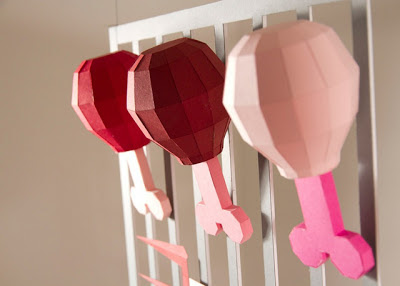Now that its bigger brother Blu-ray has stolen the spotlight, paltry 4.7 GB DVDs have slowly started to fade into obscurity. But could they be poised for a comeback? A trio of Chinese scientists have discovered a breakthrough process that could, at least in theory, allow a DVD to store a whopping 1,000 TB—or a full petabyte—of data.
The exact science and technology behind the discovery is detailed in this paper, but here's the gist of it in layman's terms. The storage capacity of a DVD is limited by the size of the laser beam burning the small pits that represent the streams of data. Blu-ray increased this capacity by switching to even smaller blue lasers, but the storage capacity of that technology maxed out as well.
You see, back in 1873, a German physicist named Ernst Abbe found that a beam of light focused through a lens could not be any smaller than half of the light's wavelength. And for visible light, which is used to burn digital media discs, that's around 500 nanometers. So instead of breaking that law, the researchers found a way to work around it using two beams of light that cancel each other out. And by ensuring the beams don't completely overlap, a much smaller beam can be created to burn even smaller pits on a disc, massively increasing its capacity. There's a still a lot to be perfected before this technology could reach consumers. Like how these incredibly tiny pits of data can be actually be read after they're created. And since writing 1,000 TB of data would take forever, developing faster ways to burn discs will also be necessary before consumers are ready to adopt the new technology. But the prospect of DVDs and Blu-rays taking a quantum leap in storage capacity is still incredibly exciting. More here.
The exact science and technology behind the discovery is detailed in this paper, but here's the gist of it in layman's terms. The storage capacity of a DVD is limited by the size of the laser beam burning the small pits that represent the streams of data. Blu-ray increased this capacity by switching to even smaller blue lasers, but the storage capacity of that technology maxed out as well.
You see, back in 1873, a German physicist named Ernst Abbe found that a beam of light focused through a lens could not be any smaller than half of the light's wavelength. And for visible light, which is used to burn digital media discs, that's around 500 nanometers. So instead of breaking that law, the researchers found a way to work around it using two beams of light that cancel each other out. And by ensuring the beams don't completely overlap, a much smaller beam can be created to burn even smaller pits on a disc, massively increasing its capacity. There's a still a lot to be perfected before this technology could reach consumers. Like how these incredibly tiny pits of data can be actually be read after they're created. And since writing 1,000 TB of data would take forever, developing faster ways to burn discs will also be necessary before consumers are ready to adopt the new technology. But the prospect of DVDs and Blu-rays taking a quantum leap in storage capacity is still incredibly exciting. More here.




















